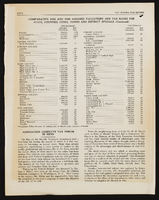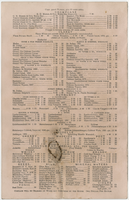Search the Special Collections and Archives Portal
Search Results
Central Nevada Historical Society Photograph Collection
Identifier
Abstract
The Central Nevada Historical Society Photograph Collection (1880-1982) contains photographs from central Nevada towns, mines, and railroads. The photographs primarily depict events and mining operations from the early-twentieth century in or around Tonopah, Goldfield, Belmont, Manhattan, Montezuma, and Big Smoky Valley. The photographs also depict the Tonopah & Goldfield Railroad, the Las Vegas & Tonopah Railroad, the "Priscilla" nuclear bomb test at the Nevada Test Site, horse-drawn freight carriages, and building construction. Other towns also featured in the collection include Silver Peak, Bullfrog, Rawhide, Ellendale, Columbus, Berlin, Palmetto, Gilbert, Blair, Klondyke, Wahmonie, Diamondfield, Miller's, and Candelaria.
Archival Collection
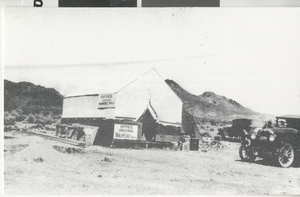
Postcard of Wahmonie (Nev.), 1928
Date
Archival Collection
Description
Image
Andre, Dorothy Engel, 1898-1983
Dorothy Engel Andre was born June 25, 1898 in New York City, New York to Samuel and Merel Engel. She studied at an all-girls school in Virginia before moving to Astoria, Oregon with her sister. In 1920, she met Joseph (Joe) Otto Andre at a hospital and soon after the couple got married and had one daughter named Ruth.
Person
Glenn Davis Photograph Collection
Identifier
Abstract
The Glenn Davis Photograph Collection (approximately 1914-1960) depicts life in Southern Nevada and the American Southwest. The images were created or collected by Las Vegas photographer Glenn Davis and include images of the construction on the Hoover Dam (formerly known as the Boulder Dam), landscapes, gaming, and residents of the region.
Archival Collection
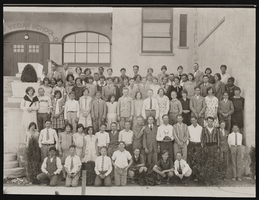
Photograph of eighth grade graduation, Las Vegas (Nev.), May 25, 1928
Date
Archival Collection
Description
Image
Audio recording clip of interview with Dr. Porter Troutman by Claytee D. White, November 20, 2006
Date
Archival Collection
Description
Part of an interview with Dr. Porter Troutman by Claytee White on November 20, 2006. Troutman describes his career as an educator.
Sound
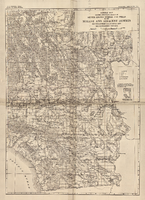
General map showing approximate location of better known springs and wells in the Mohave and adjacent deserts, southeastern California and southwestern Nevada, circa 1908-1909
Date
Description
224. Map is plate 1 from the U.S. Geological Survey Water-supply paper 224.
Image

